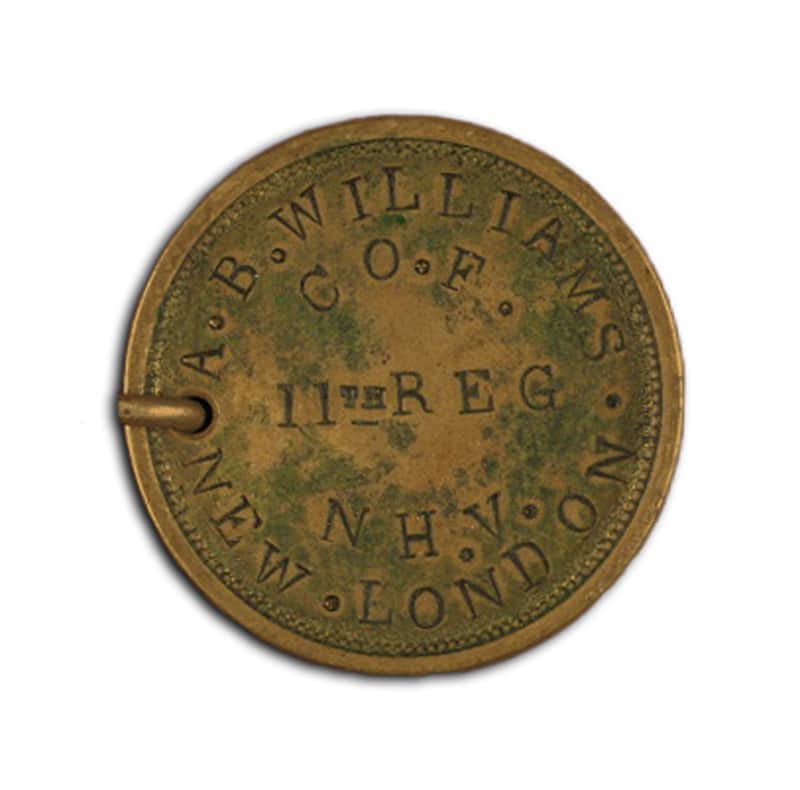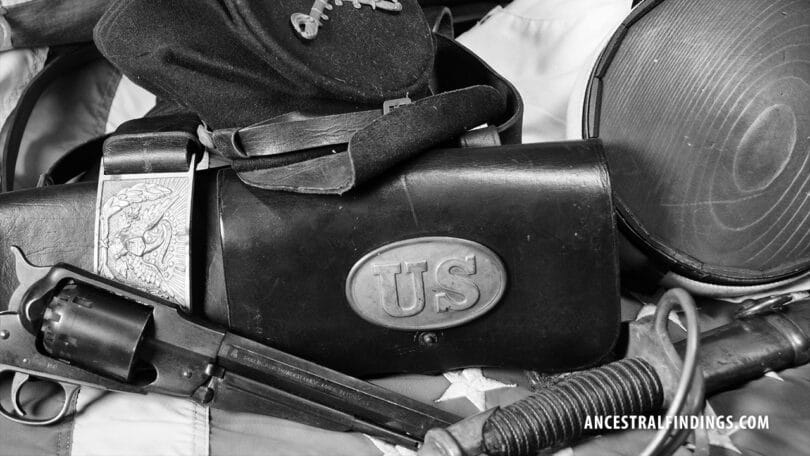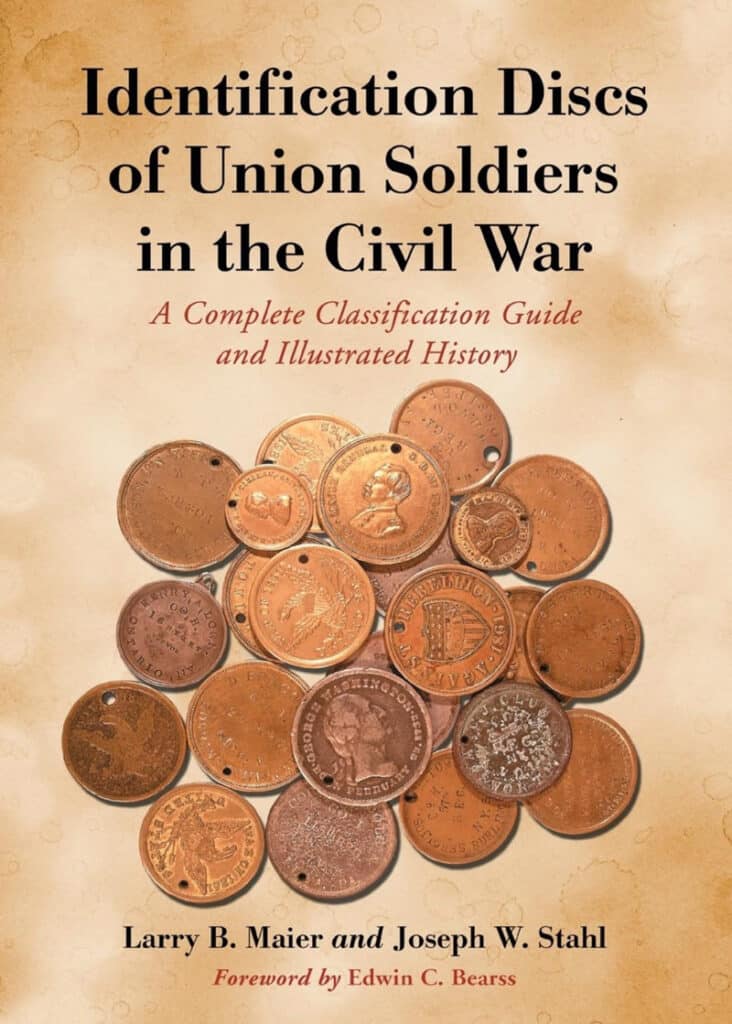The American Civil War saw immense loss, with over 620,000 soldiers dying from battle, disease, or imprisonment. Amid this devastation, one truth became clear: many soldiers were dying without identification, their bodies lost in the chaos of war. With no official system to record their identities, countless men were buried anonymously, leaving their families in the dark.
Determined to avoid such a fate, soldiers created their own “dog tags”—personal tokens meant to ensure their names would not be forgotten.

Crafting Identity in the Chaos
As the war progressed, it became evident that something as simple as knowing a soldier’s name couldn’t be taken for granted. Soldiers began fashioning makeshift identifiers, using whatever was at hand. They scratched their names into coins, metal scraps, or pieces of wood. Some pinned notes with personal details inside their uniforms, hoping that, if the worst happened, they wouldn’t remain unidentified.
This wasn’t a formal system. It was born from necessity, as men faced the very real possibility of dying far from home, with no one to claim their bodies.
The Rise of Custom Tags
By the mid-war years, a small industry emerged around these makeshift tags. Vendors and engravers set up near camps, offering personalized tags for a small fee. These tags, made from brass or lead, carried a soldier’s name, regiment, and sometimes a patriotic symbol like an eagle or flag. Soldiers who could afford these professionally made tags saw them as a way to avoid becoming one of the many nameless casualties of the war.
However, for many soldiers, these options were out of reach. They continued to rely on simpler methods—carving their names into personal belongings or sewing details into their clothing. It wasn’t just a practical measure but a deeply personal one, reflecting their fear of being lost in the madness of war.
Grave Realities of Battlefield Burials
Civil War battles were brutal, and the aftermath was no less chaotic. Many soldiers were buried quickly, often in mass graves, with little time or resources to identify each individual. In such conditions, even the smallest piece of personal identification—a coin or a name scratched into a belt—could be the difference between remaining unknown and being remembered.
Burial crews faced the impossible task of dealing with overwhelming numbers of dead. In the chaos, finding a handmade dog tag could be the only way to identify a body, providing closure for the family back home.
A Genealogist’s Treasure
For today’s genealogists, discovering a Civil War ancestor’s dog tag is a rare and precious find. These homemade identifiers, while simple, offer a direct link to the past. They tell not just the story of a soldier’s death but of his foresight in ensuring that his name would endure, even if he didn’t.
Modern genealogical efforts often combine Civil War records, soldier databases, and battlefield discoveries to piece together these personal histories. Sometimes, lost dog tags are unearthed, adding to the growing archive of Civil War artifacts.
From Improvisation to Standard Practice
Though the U.S. military didn’t officially adopt dog tags until World War I, the self-made tags of Civil War soldiers paved the way for modern identification systems. Soldiers’ improvised efforts showed the importance of maintaining identity, even in the worst circumstances. Their legacy lives on in today’s military, ensuring that no soldier remains an unknown casualty.
Learn More:
“Identification Discs Of Union Soldiers In The Civil War: A Complete Classification Guide and Illustrated History” by Larry B. Maier, Joseph W. Stahl
This book provides a thorough classification and detailed history of Union soldiers’ identification discs, including their materials, engravings, and the methods used to issue them. The illustrations and classifications can help you visualize the types of discs used and how they evolved throughout the war. It’s a specialized book that would certainly enrich your understanding of this unique aspect of Civil War history!








